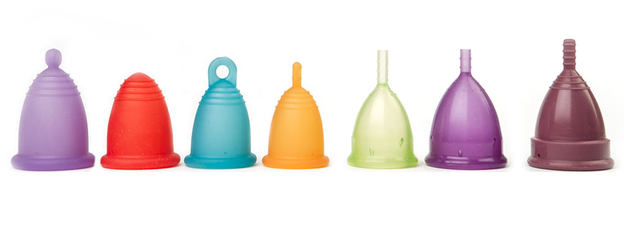Before getting started, there are some barriers to using the menstrual cup. One of these is its (in)visibility in society. Some people just don't know about it. It’s not a generic menstrual product…yet. Additionally, it’s easier to get your hands on a pack of tampons than on a menstrual cup, in most societies. Go figure why. $. €. Luckily there’s the internet, with plentiful webshops.
There are some downsides. It’s highly likely you’ll experience some leakage issues at the start. Even though there are instructions, you kind of have to feel what’s best. There’s a learning curve, also as you familiarise yourself with your body. If you leak at the start, it doesn’t necessarily mean the cup isn’t the right size for you. Keep trying and wear a pad or panty liner with it for the first month or couple of months.
The menstrual cup has great benefits, one of which is the unimaginable waste reduction it inspires. Rather than using disposable sanitary products, the menstrual cup is reusable. I have one cup, it cost me 25 euros- that’s all I need. This also means on the long run I save a lot of money.
There are probably quite some questions when it comes to hygiene and the cup. Here’s how it goes: sterilise it by boiling it with water in a pot on the stove. Do this when it’s just new and then after your period has finished. The cleaning part is the only minor downside for me. When not at home it can be slightly awkward to have to take your (rinsed) period cup to the kitchen. Also, when you take it out it’s best to rinse it before putting it back in. If you’re in a public bathroom you may not want to rise a blood covered cup in a public sink. A solution to this is wiping it with tissue paper till you have a sink to yourself. Maybe this should make us reflect on our relationship with menstrual blood and it’s (in)visibility in society. Could the cup positively influence relationships to and perceptions of menstruation and menstrual blood?
All I can say is, try one out!
